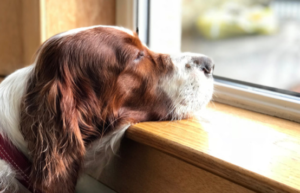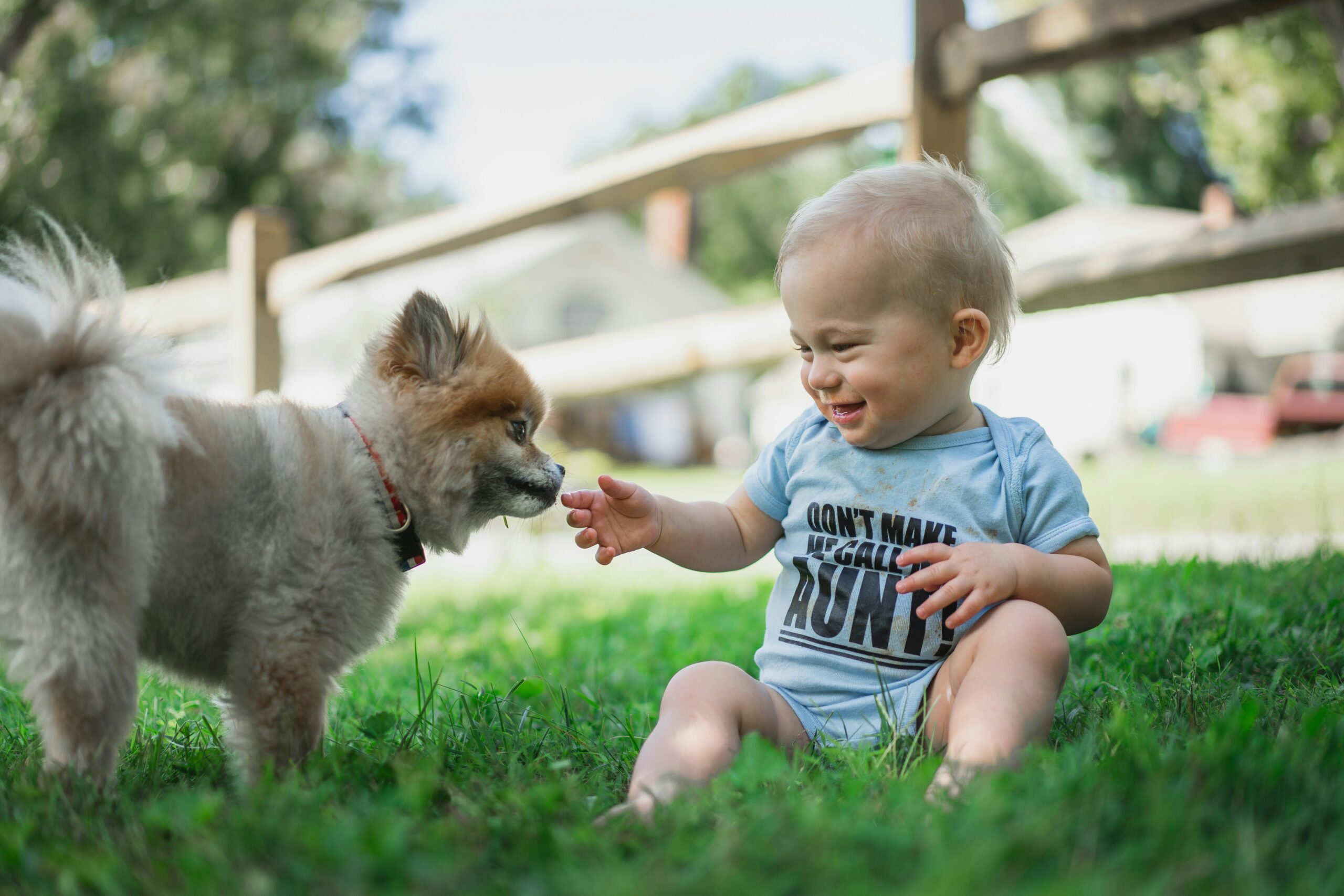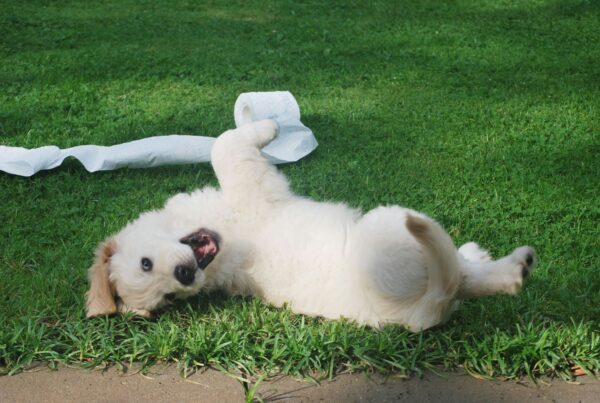Anxiety is something that every person deals with from time to time, but what about our canine friends? Anxiety in dogs can manifest itself in many different ways, and it is important to know the warning signs. Anxious dogs may exhibit various symptoms, including excessive panting or drooling, shaking, whining, hiding, or avoiding people and other animals. As a dog owner, you may have observed that your furry friend gets anxious at different times.
If your dog exhibits any of these behaviors regularly, you should consult with a veterinarian or dog experts on how to help dogs with anxiety. This blog post will explore some common treatment options that work well for treating canine anxiety.
1. Massage your Pet Regularly
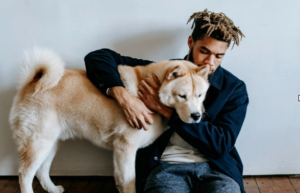
This is an excellent method to reduce your dog’s anxiety. By giving them an all-over body massage, you are providing comfort and releasing endorphins from their brain that will help alleviate any stress they may be feeling. It can also have a calming effect on the human doing the massaging as well! Try to start massaging from the neck and then slightly down the back so that you are not massaging any spot where your dog may feel uncomfortable or have sensitive spots. Light touch is the key!
It is essential to understand that some breeds, such as Pugs and Shih Tzus, can be very squirmy during a massage session which could make it difficult for them. For these dogs, it might be best to try using an electric blanket instead of trying to give them a full-body massage. Looking for an extra special treatment, consider hiring reiki pet masseuse to help get them super decompressed!
2. Start a Conversation
Talk to them about your day and how it went at work – never underestimate what talking can do for you both. It’s important that you show dogs love just as much as any human would want from someone else if we were feeling down on our luck. Sometimes spending time together chatting can have two-sided benefits- one benefiting while listening and vice versa.
3. Encourage Socialization
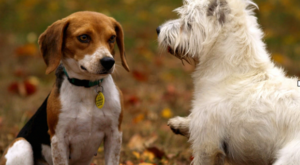
One way that dogs can alleviate some of the stress in their lives is by staying busy with different types of activities, which include interacting with other animals or people. Finding a new friend for your dog also gives them someone else who understands what it feels like to be anxious at certain times. If you don’t have time, then find another person in the community who can take your dog out and show them some attention.
If you can’t find anyone to take care of your pup, then try joining a group like the RSPCA or Dogs Playing for Life that has events in your area where dogs are encouraged to socialize with one another.
4. Introduce New Experiences Gradually
If you have never taken on a new experience before, it’s easy to feel stressed about what might happen next- but this is just an anxious mind at work! When introducing something different into our lives, it helps if we do so slowly over time. This may mean taking baby steps with any potential new activity by starting small (such as playing together in the house) while increasing duration and intensity until they’re comfortable enough with their surroundings.
5. Music Therapy
Research studies have proved that music therapy can decrease anxiety in certain animals. It’s important to note that some types of music are more beneficial than others, and it may take a little trial and error before you find the type your dog enjoys most. You can also look for a dog tv station on YouTube or dog calming music on a streaming service of your choice. We also recommend a sound therapy machine which is available on amazon or at your local CVS. Visit NatureSoundRetreat to read more about music and sound therapy.
6. When all Else Fails, Try an Exercise
Exercise is one of the best ways we know how to cope with our own anxieties, so naturally, this also holds true for pets! Taking an active role in their lives will give them something productive to do, help release endorphins (happy hormones) into their system, make them feel loved/important, and teach them new skills such as impulse control and focusing on different objects. Dogs who live entirely sedentary lifestyles tend to exhibit signs of depression or other behavioral issues due to lack of stimulation.
7. Calming Coats/T-Shirts
Anxiety is a natural response to feeling stressed, but it can be difficult for humans and dogs alike to relax when they are constantly being bombarded with stimuli. One way you might help your dog cope with their anxiety is by using calming coats or shirts (sometimes called “Thunder” shirts).
These garments typically look like regular t-shirts that have been cut off just below the armholes. They work because many people believe that acupressure has therapeutic effects on mammals. The pressure of these clothes against an animal’s body will supposedly stimulate points within them that correspond to nerve centers in the human brain linked to feelings of calmness and relaxation.
8. Calming Treats

Just like humans, dogs, your dog might enjoy a little snack to help them relax. But if you want to be especially helpful in calming down an anxious canine, try out some green beans or blueberries beforehand. These are both great options because they’re high in the amino acid L-theanine which has been shown to have relaxing effects on mammals. The calming treats can often be eaten before or after the anxiety-causing situation has taken place.
9. The Calming Collar
One of the more common ways that people try to treat their anxious dog is with a calming collar. These are collars designed and marketed specifically for dogs who suffer from separation anxiety, storm phobia, noise aversion, or other such reactions caused by stressors in their environment. The premise behind such devices is that they help buffer your pet’s response to stressful triggers by emitting some sort of soothing stimuli when it detects them nearby.
10. Aromatherapy
You will find several oils that have been proven to have calming, therapeutic effects on animals. Lavender is perhaps the most well-known of these oils, and it can be used in different ways throughout your dog’s environment or during grooming sessions. Additionally, CBD oil can also be used in the same way.
Conclusion
These are some of the ways you can use to treat your dog’s anxiety but remember that if the situation isn’t under control, you need to rush to a veterinarian for immediate help.


